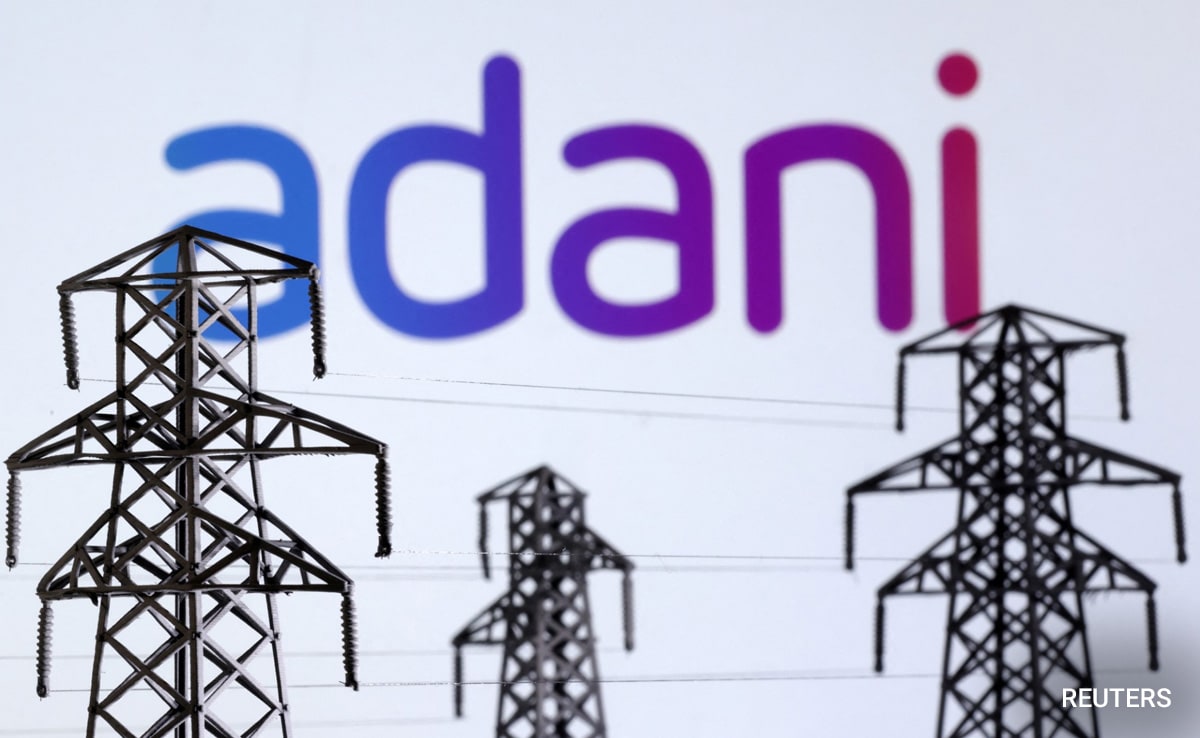Students with painted faces surround a replica of the Chandrayaan-3 spacecraft in Chennai on August 22, 2023.
| Photo Credit: AFP
Four years after its predecessor crashed on the lunar surface minutes before touch down, Chandrayaan-3’s lander module with the rover in its belly on Wednesday will once again attempt to land on the Moon at 6.04 p.m.
Around 5.45 p.m., the Mission Operations Complex (MOX) at ISRO Telemetry, Tracking, and Command Network (ISTRAC), Bengaluru, will initiate the powered descent of the lander module.
Also Read — What next for ISRO after Chandrayaan-3 mission?
If all goes as per plan, 19 minutes later at 6.04 p.m., the lander would make a safe and soft landing on the Moon and would make India the fourth country to achieve this feat after the U.S., Russia and China.
Mission moon
Key dates in the Chandrayaan-3 mission
July 14: Mission launched
July 15-25: Orbit- raising manoevures around the earth
August 1-5: Starts from the earth and reaches the lunar orbit separates from propulsion module
August 6-16: Orbit-lowering manoeuvres around the moon
August 17: Lander separates from propulsion module
August 23: Powered descent to start at 5.45 pm, touchdown at 6.04 pm
The complex powered descent during the Chandrayaan-2’s was referred to as “15 minutes of terror” by the then ISRO Chairman K. Sivan. It can be recalled that Chandrayaan-2’s Vikram lander almost evaded this “15 minutes of terror” but it gave up at an altitude of 2.1 km before touchdown and subsequently lost communication with the ground stations.
Watch | Data Point: How tough is it to land Chandrayaan-3’s Vikram lander on the moon?
More robust
However, with the Chandrayaan-3 mission, ISRO has made several changes to make the mission a success, which include strengthening of the landers’ legs, reduction in the number of engines, increasing the quantity of propellant, inclusion of new sensors among others.
Earlier this month, ISRO Chairman S. Somanath said that even if all sensors fail while attempting to make the soft landing on the lunar surface, the lander would still be able to land provided that the propulsion system works.
“If all the sensors fail, we will still be able to land provided that the propulsion system works. Even if the two engines fail, we will be able to land, that’s how the design has been made,” Mr. Somanath said.

Students with painted faces form a chain around a replica of the Chandrayaan-3 spacecraft, in Chennai on August 22, 2023.
He added that this time they have made all the systems more robust and have changed the guidance design and introduced newer algorithms.
Rover deployment
A few hours after ISRO succeeds in making a safe and soft landing of the lander on the lunar surface, it will deploy the rover which will carry out in-situ chemical analysis of the lunar surface during the course of its mobility. The lander and the rover with a mission life of one Lunar day (14 earth days) have scientific payloads to carry out experiments on the lunar surface.
A young man paints himself with Tri-color in support of ISRO’s Chandrayaan-3 mission, near Atal Bridge in Ahmedabad, Gujarat on August 22, 2023.
| Photo Credit:
Vijay Soneji
The Chandrayaan-3 mission was launched on July 14 from the Satish Dhawan Space Centre in Sriharikota. Since then Earth-bound manoeuvres, crucial trans-lunar injection (TLI), lunar orbit insertion, orbit reduction manoeuvres were carried out along with the separation of the propulsion module and the lander module.
ISRO on Tuesday said the mission was on schedule with systems checks being carried out by scientists and engineers. “The mission is on schedule. Systems are undergoing regular checks. Smooth sailing is continuing. The Mission Operations Complex [MOX] is buzzed with energy & excitement!,” ISRO posted on social media platform X on Tuesday.











